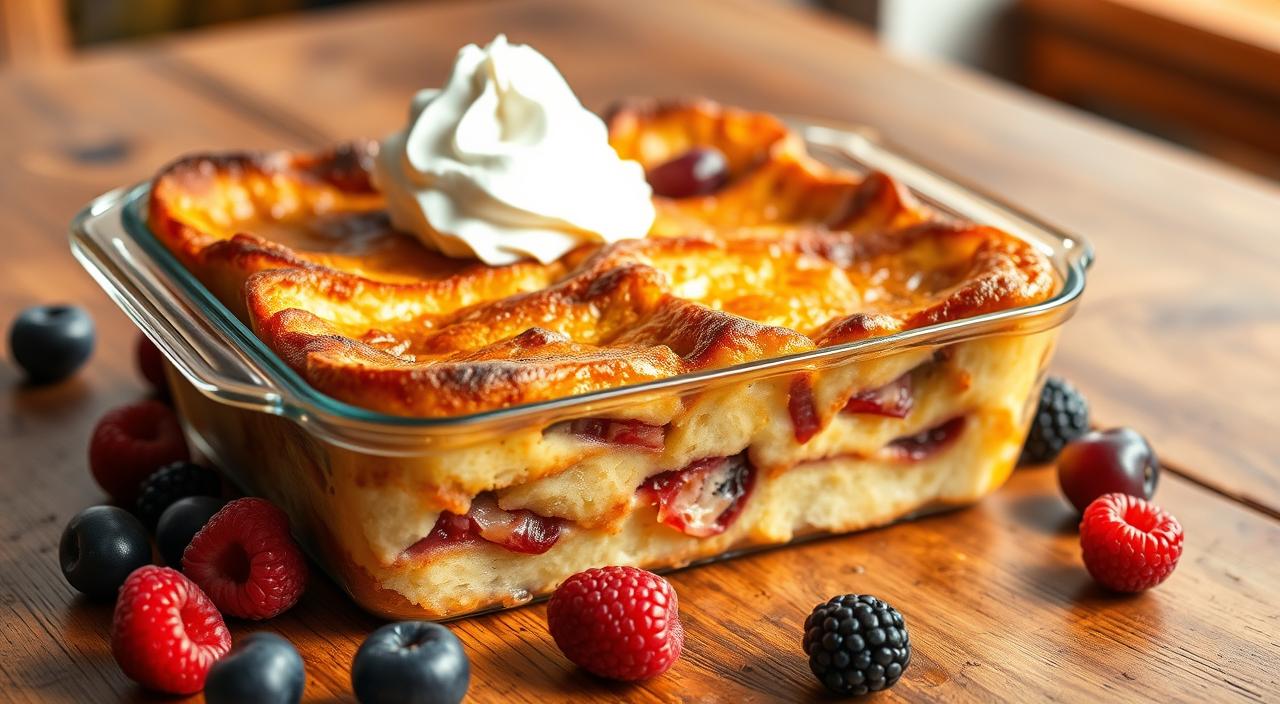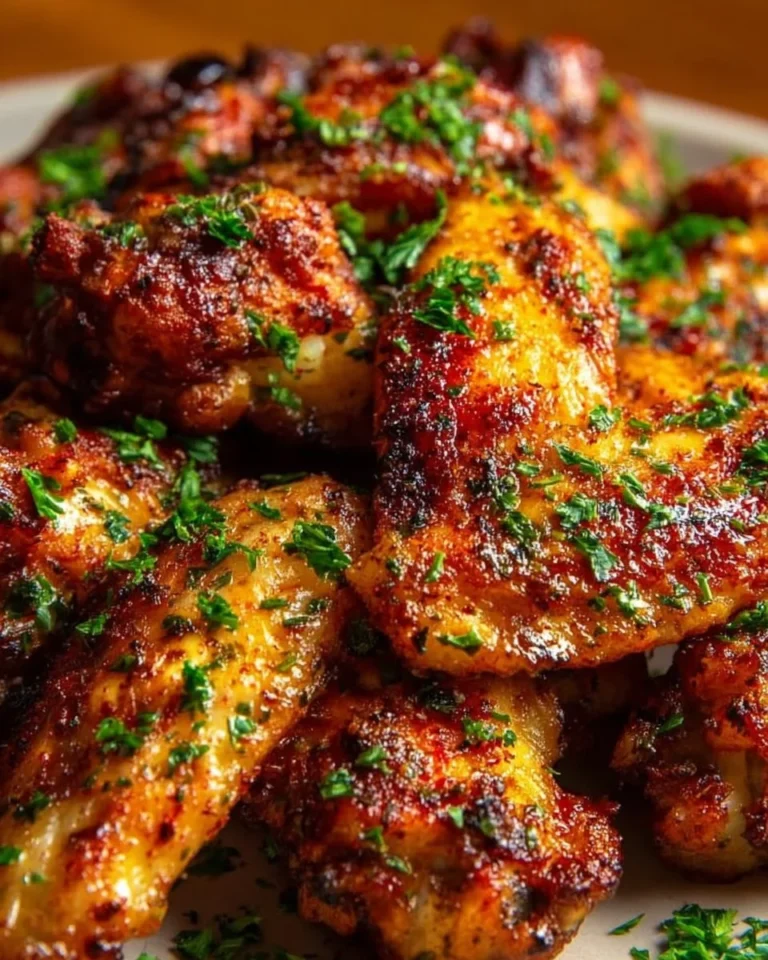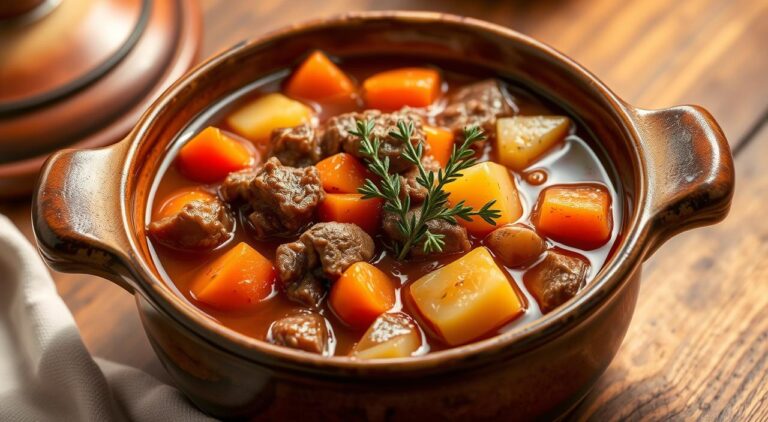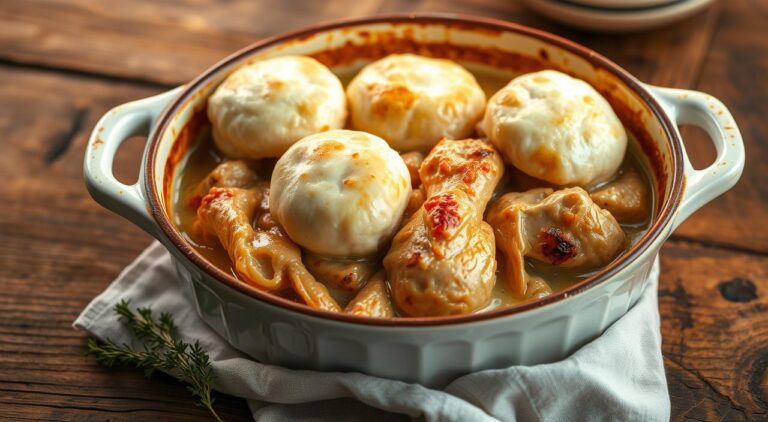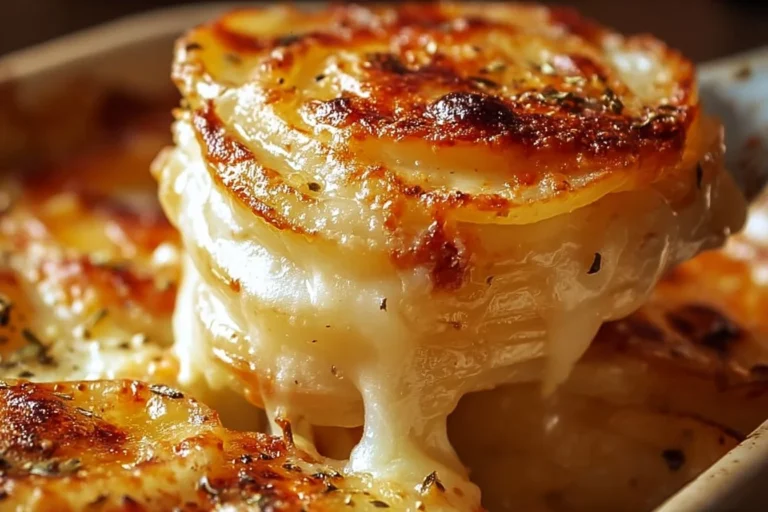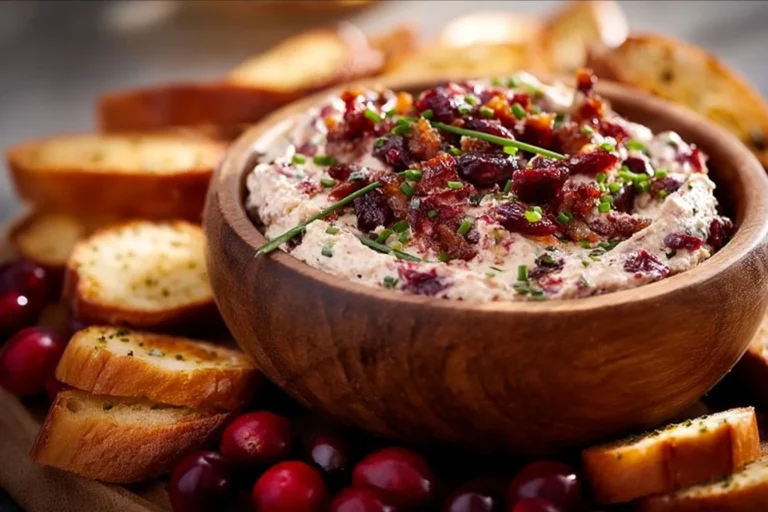Baked French Toast Casserole: A Brunch Favorite
The aroma of warm, cinnamon-spiced bread pudding, subtly sweet and perfectly custardy… that’s the magic of baked French toast casserole. This crowd-pleasing dish is a brunch staple, a holiday hero, and a weekend breakfast winner. Its comforting warmth and customizable nature make it a versatile choice for any occasion, from intimate family breakfasts to large gatherings. Whether you’re a seasoned baker or a kitchen novice, this comprehensive guide will equip you with everything you need to create the best baked French toast casserole you’ve ever tasted, exploring techniques, variations, and troubleshooting tips to ensure your success.
If you love this recipe, don’t miss our Blueberry Cream Cheese French Toast Bake.
Why Baked French Toast Casserole Reigns Supreme
Baked French toast casserole offers several significant advantages over its pan-fried counterpart. Firstly, it’s incredibly versatile and adaptable to individual preferences and dietary needs. You can customize it with your favorite fruits, nuts, spices, and even savory ingredients, creating a truly unique culinary experience each time. Secondly, it’s a make-ahead marvel, a true time-saver for busy mornings.
Prepare it the night before and pop it in the oven in the morning for a stress-free brunch, allowing you to focus on other aspects of hosting or simply enjoying a leisurely start to your day. Thirdly, it’s the ultimate crowd-pleaser, perfect for feeding a large group or simply enjoying a luxurious breakfast for yourself. The generous portions and impressive presentation make it an ideal centerpiece for any brunch spread. Finally, its inherent structure allows for even cooking and prevents the potential sogginess that can sometimes plague pan-fried French toast
Learn more: How to make Delicious Egg and Veggie Breakfast Bake.
The Essential Ingredients: A Foundation of Flavor
While variations abound, reflecting the vast culinary landscape and personal preferences, the core ingredients remain consistent and form the foundation of a truly delicious baked French toast casserole. The quality of your ingredients directly impacts the final product, so choosing high-quality options is crucial. High-quality bread is paramount. Stale bread, particularly challah, brioche, or even day-old French bread, absorbs the custard beautifully, resulting in a moist and tender texture. Avoid overly soft bread, as it may become mushy and lack the desired structural integrity. Similarly, the choice of milk and sweetener will influence the richness and sweetness of the casserole. Experimentation is encouraged to find your perfect balance.
- Bread: 1 loaf (challah, brioche, or French bread are ideal; consider sourdough for a tangy twist). The quantity may need adjustment depending on the loaf size and desired casserole volume. Aim for approximately 6-8 cups of cubed bread.
- Eggs: 6-8 large eggs, providing richness, binding, and a creamy texture. Using a combination of eggs and egg yolks can further enhance the richness.
- Milk: 2-3 cups whole milk or cream for extra richness (half-and-half works well too; consider using a combination of milk and cream for optimal texture and flavor). The type of milk significantly impacts the final result, with whole milk offering the richest flavor and cream providing the most luxurious texture.
- Sweetener: ½ – 1 cup maple syrup or brown sugar, adjusting to your preference. Honey or agave nectar can also be used for alternative sweetness profiles. Consider the sweetness of the bread when determining the amount of sweetener needed.
- Spices: Cinnamon, nutmeg, and a touch of vanilla extract are classic choices. Experiment with other spices like cardamom, allspice, or even a pinch of cloves for unique flavor combinations. A teaspoon of ground ginger adds a subtle warmth.
- Optional Additions: Fruits (berries, bananas, peaches, apples, pears – consider seasonal fruits for optimal flavor), nuts (pecans, walnuts, almonds, hazelnuts – toasted nuts add a delightful crunch), chocolate chips (milk, dark, or semi-sweet), cream cheese (adds creaminess and tanginess), raisins, dried cranberries, citrus zest (lemon or orange zest adds brightness and aromatic complexity).
Step-by-Step Guide: Baking Perfection
This recipe serves as a flexible template; feel free to adjust based on your preferences, desired sweetness level, and the specific additions you choose. The key to success lies in attention to detail and understanding the role each step plays in the final outcome.
Step 1: Prep the Bread
Cut the bread into 1-inch cubes. Uniformity isn’t crucial; rustic, slightly uneven cubes add to the casserole‘s charm. However, ensure the cubes are relatively consistent in size to ensure even cooking. If using very fresh bread, consider lightly toasting the cubes before adding them to the custard to prevent excessive sogginess.
Step 2: Create the Custard
In a large bowl, whisk together the eggs, milk, sweetener, spices, and vanilla extract until well combined. Ensure the sweetener is fully dissolved. Whisk vigorously to incorporate air and create a light and airy custard. For a smoother custard, strain the mixture through a fine-mesh sieve before adding the bread.
Step 3: Combine and Marinate
Gently add the bread cubes to the custard, stirring gently to ensure all pieces are thoroughly coated. Avoid over-mixing, as this can break down the bread. Cover the bowl and refrigerate for at least 30 minutes, or preferably overnight, allowing the bread to fully absorb the custard. This marinating step is crucial for a moist and flavorful casserole. The longer the bread marinates, the more flavorful and moist the final product will be.
Step 4: Bake to Golden Perfection
Preheat your oven to 350°F (175°C). Grease a 9×13 inch baking dish (or a similar-sized oven-safe dish). You can use cooking spray, butter, or a combination of both. Pour the bread mixture into the prepared dish, spreading it evenly. Bake for 45-60 minutes, or until golden brown and set. The baking time will depend on your oven, the type of bread used, and the size of your baking dish. Start checking for doneness around the 45-minute mark. A toothpick inserted into the center should come out with a few moist crumbs attached, not completely clean. If the top is browning too quickly, cover it loosely with foil.
Step 5: Serve and Enjoy!
Let the casserole cool slightly before serving (about 10-15 minutes). This allows the casserole to set further and makes it easier to serve. Dust with powdered sugar (optional) and serve warm with maple syrup, whipped cream, a dollop of crème fraîche, a dusting of cinnamon, or a scoop of vanilla ice cream. The warm, comforting flavors pair beautifully with a variety of accompaniments.
Variations to Delight Your Taste Buds
The beauty of baked French toast casserole lies in its remarkable adaptability. The basic recipe serves as a springboard for countless variations, limited only by your imagination and available ingredients. Here are a few enticing variations to inspire your culinary creativity:
- Berry Bliss: Add 1-2 cups of mixed berries (fresh or frozen) to the custard mixture for a burst of fruity freshness. Consider adding a squeeze of lemon juice to prevent the berries from releasing too much liquid.
- Creamy Dream: Swirl in a layer of softened cream cheese (4-8 ounces, depending on preference) throughout the casserole for an extra layer of indulgence. Alternatively, mix the cream cheese directly into the custard before adding the bread.
- Nutty Delight: Incorporate ½ – 1 cup of chopped pecans, walnuts, or almonds (or a mixture) for added texture and nutty flavor. Toasting the nuts beforehand enhances their flavor and adds a delightful crunch.
- Chocolate Indulgence: Stir in ½ – 1 cup of semi-sweet or dark chocolate chips for a decadent twist. Consider using high-quality chocolate for a richer, more intense flavor.
- Savory Surprise: For a unique twist, try a savory version with herbs (such as rosemary, thyme, or chives), cheese (cheddar, Gruyere, or Parmesan), and even breakfast sausage or bacon, crumbled and cooked beforehand. This savory variation is a fantastic option for a unique brunch or a hearty breakfast.
- Pumpkin Spice Delight: Incorporate pumpkin puree, pumpkin pie spice, and a touch of maple syrup for a seasonal twist. This variation is perfect for fall brunches and holidays.
- Citrus Burst: Add the zest and juice of an orange or lemon to the custard for a bright, refreshing flavor profile.
The beauty of baked French toast casserole with Praline topping check out Baked French Toast With Praline Topping Recipe.
Tips for French Toast Casserole Success
- Don’t overbake: Overbaking will result in a dry casserole. Start checking for doneness around 45 minutes and use a toothpick or cake tester to ensure the center is cooked through but not dry.
- Use stale bread: Stale bread absorbs the custard better than fresh bread, resulting in a more evenly moist and flavorful casserole.
- Don’t skip the chilling: Chilling allows the bread to fully absorb the custard, resulting in a moister and more flavorful casserole. The longer it chills, the better the result, up to 24 hours.
- Adjust sweetness to taste: Adjust the amount of sweetener based on your preference and the sweetness of your bread. Taste the custard before adding the bread to adjust the sweetness accordingly.
- Get creative with toppings: Experiment with different toppings, such as fresh fruit, whipped cream, a drizzle of caramel sauce, a sprinkle of confectioners’ sugar, or a scoop of ice cream. The possibilities are endless!
- Consider using a breadcrumb topping: Sprinkling breadcrumbs over the top before baking adds a nice textural contrast and helps create a crispier top.
Make-Ahead Magic: Planning for a Stress-Free Brunch
One of the best things about baked French toast casserole is its make-ahead convenience. Assemble the casserole the night before, refrigerate it, and bake it in the morning. This allows you to enjoy a delicious brunch without the last-minute rush, freeing up your time for other preparations or simply relaxing and enjoying your morning. This make-ahead feature makes it an ideal choice for busy schedules and large gatherings.
Beyond the Basics: Exploring Other Breakfast Casseroles
If you’re a fan of breakfast casseroles, you’ll love exploring other delicious options. The versatility of the casserole format extends beyond French toast, offering a wide range of savory and sweet possibilities. Experiment with different ingredients and flavor combinations to discover your new favorite breakfast dish.
Conclusion: Your Journey to Baked French Toast Casserole Mastery
With this comprehensive guide, you’re well on your way to mastering the art of the baked French toast casserole. Experiment with different variations, adjust to your preferences, and enjoy the delicious results. Whether it’s a weekend treat, a special occasion brunch, or a simple weekday breakfast, this dish is sure to impress your family and friends with its comforting warmth, delightful flavors, and impressive presentation. Embrace the versatility and enjoy the journey of culinary exploration!
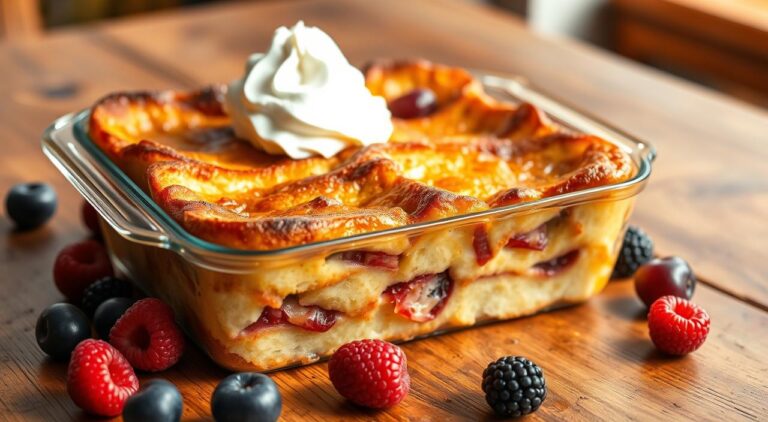
Baked French Toast Casserole: A Brunch Favorite
This warm and cinnamon-spiced baked French toast casserole is the ultimate brunch comfort food. Perfectly custardy with endless possibilities for customization, it’s ideal for holidays, gatherings, or cozy weekends.
- Total Time: 1 hour 10 minutes
- Yield: 8 servings 1x
Ingredients
- 1 loaf stale bread (challah, brioche, or French bread), cut into cubes (6–8 cups)
- 6–8 large eggs
- 2–3 cups whole milk or cream (or a mix of both)
- ½–1 cup maple syrup or brown sugar
- 1 tsp cinnamon
- ¼ tsp nutmeg
- 1 tsp vanilla extract
- Optional: berries, bananas, apples, peaches, or pears
- Optional: ½–1 cup chopped nuts (pecans, walnuts, almonds, or hazelnuts)
- Optional: ½–1 cup chocolate chips
- Optional: 4–8 oz cream cheese, softened
- Optional: citrus zest (lemon or orange)
Instructions
- Cut stale bread into 1-inch cubes. Optionally toast if using very fresh bread.
- In a large bowl, whisk eggs, milk, sweetener, cinnamon, nutmeg, and vanilla extract until fully combined.
- Gently stir in bread cubes to coat evenly with the custard mixture. Cover and refrigerate for at least 30 minutes or overnight.
- Preheat oven to 350°F (175°C). Grease a 9×13 inch baking dish.
- Pour the bread and custard mixture into the prepared dish and spread evenly.
- Bake for 45–60 minutes until golden and set. A toothpick inserted should come out with moist crumbs.
- Let cool 10–15 minutes before serving. Optionally dust with powdered sugar and serve with maple syrup, whipped cream, or fruit.
Notes
For best results, use day-old bread and chill overnight. Adjust sweetness to taste. Get creative with seasonal fruits, nuts, and toppings like caramel drizzle or a scoop of vanilla ice cream.
- Prep Time: 20 minutes
- Cook Time: 50 minutes
- Category: Breakfast
- Method: Baking
- Cuisine: American
Nutrition
- Serving Size: 1 serving
- Calories: 380
- Sugar: 14g
- Sodium: 320mg
- Fat: 18g
- Saturated Fat: 9g
- Unsaturated Fat: 7g
- Trans Fat: 0g
- Carbohydrates: 42g
- Fiber: 1g
- Protein: 11g
- Cholesterol: 160mg
Keywords: baked french toast, breakfast casserole, brunch, make-ahead, custard, cinnamon
How Was the Recipe?
There are no reviews yet. Be the first one to write one.

